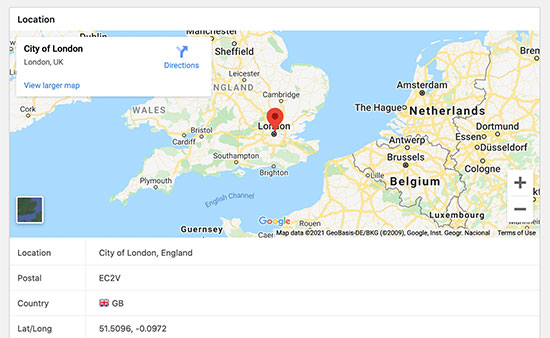
The types of valid event are "FormEntry","FormExit","Touch","ServiceRequest","ServiceResponse","Gesture","Orientation","Error","Crash","Exception", "Custom","AppLoad","AppTransition". SendEvent (, ,, ,, ) – This API allows adding events to the event buffer and can be used to send data for any event, including custom events. This parameter is tracked with every event and provides a convenient way for searching application in terms of logical flows instead of raw events, while business user is trying to view the events data in standard or by building custom reports. SetFlowTag () – This API allows developer to configure a name for the application flow. To track particular scenarios causing application crashes by being able to search the data with a particular userID.It can be very helpful to identify users to target for a particular marketing campaign by checking their behaviors.This is useful to trace the journey of the user through the application. This allows the business user to track actions done by particular users in the app. SetUserID () – This API allows developer to configure user ID for the user using the application. So, you must set critical events like Error and Crash while using the API. NOTE: The events set by using the setEventTracking API override any setting set from the application Project Settings at build time. For example, while exiting critical flow, the following is a sample code: tEventTracking().


For example, while entering critical flow, the following is a sample code: tEventTracking().The event types set in the application properties are used for automatic tracking but the developer can modify the events being tracked by using this API at any point in the application flow to allow- for example- tracking all events for a critical flow and tracking minimal events for regular flows in the application. SetEventTracking () – This API allows the developer to set the events to be automatically tracked dynamically at any point in the application. NOTE: If the above API is not used to set configuration for application events, the default is autoflushcount =15 and maxbuffercount =1000.
#Formentry iphone Offline#
This count is applicable for scenario like application is offline and network call to send data to backend fails. Maxbuffercount – maximum count of events that can be buffered on the client side before event data stops being accumulated. SetEventConfig ( “Buffer”, ) – This API allows to set the autoflushcount – count of events buffered on the client side before data is flushed to server side for reporting. The below APIs allow the application developer to tune the auto event capture and allow for more readable data: Quantum Event analytics APIs buffer the event data before sending the data to the backend for reporting and analytics. Event Analytics APIs to Tune Performance.Tuning Auto Event Capture has the following: This section describes the means of enhancing the auto event capture using APIs to tune to the requirements of an application.

#Formentry iphone code#
You can achieve automatic event tracking and reporting without a single line of code by just choosing the events to capture from the application properties as shown in the Enabling Auto Event Capture.


 0 kommentar(er)
0 kommentar(er)
